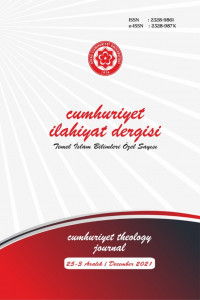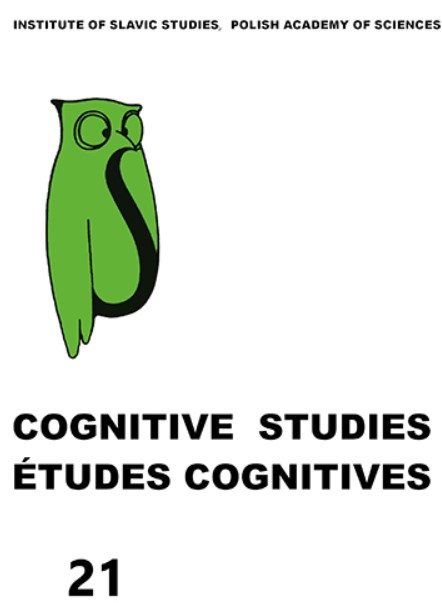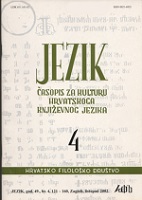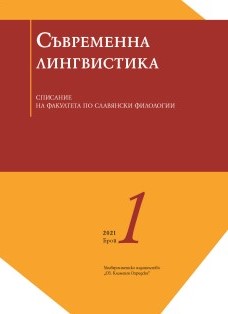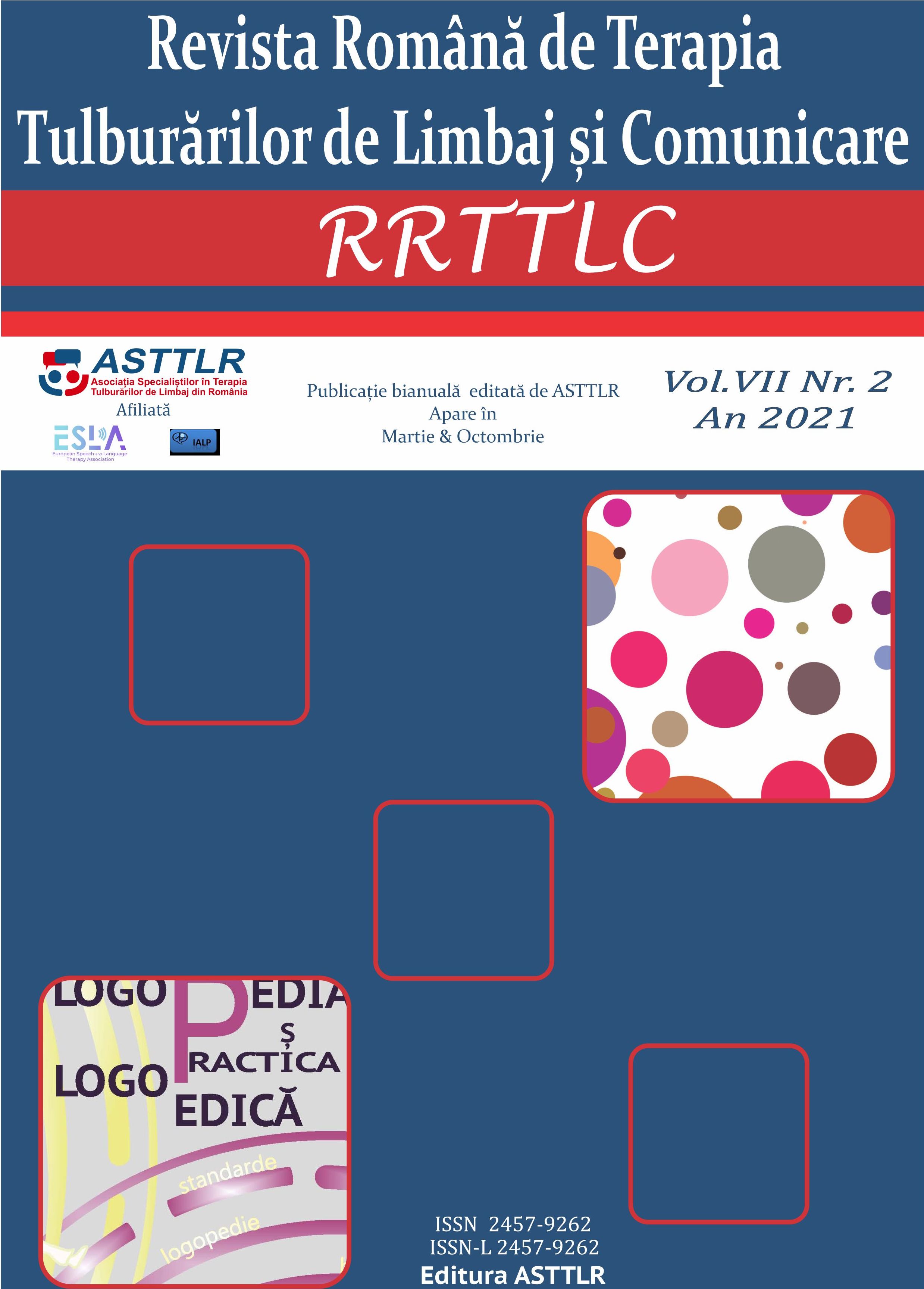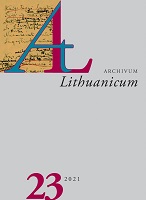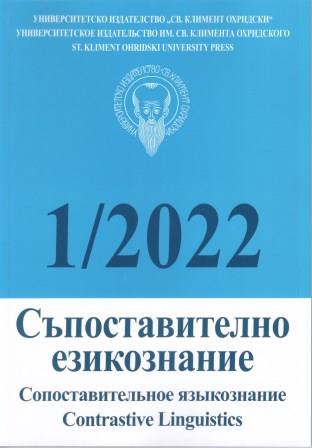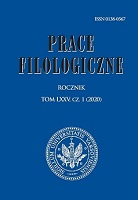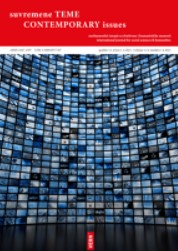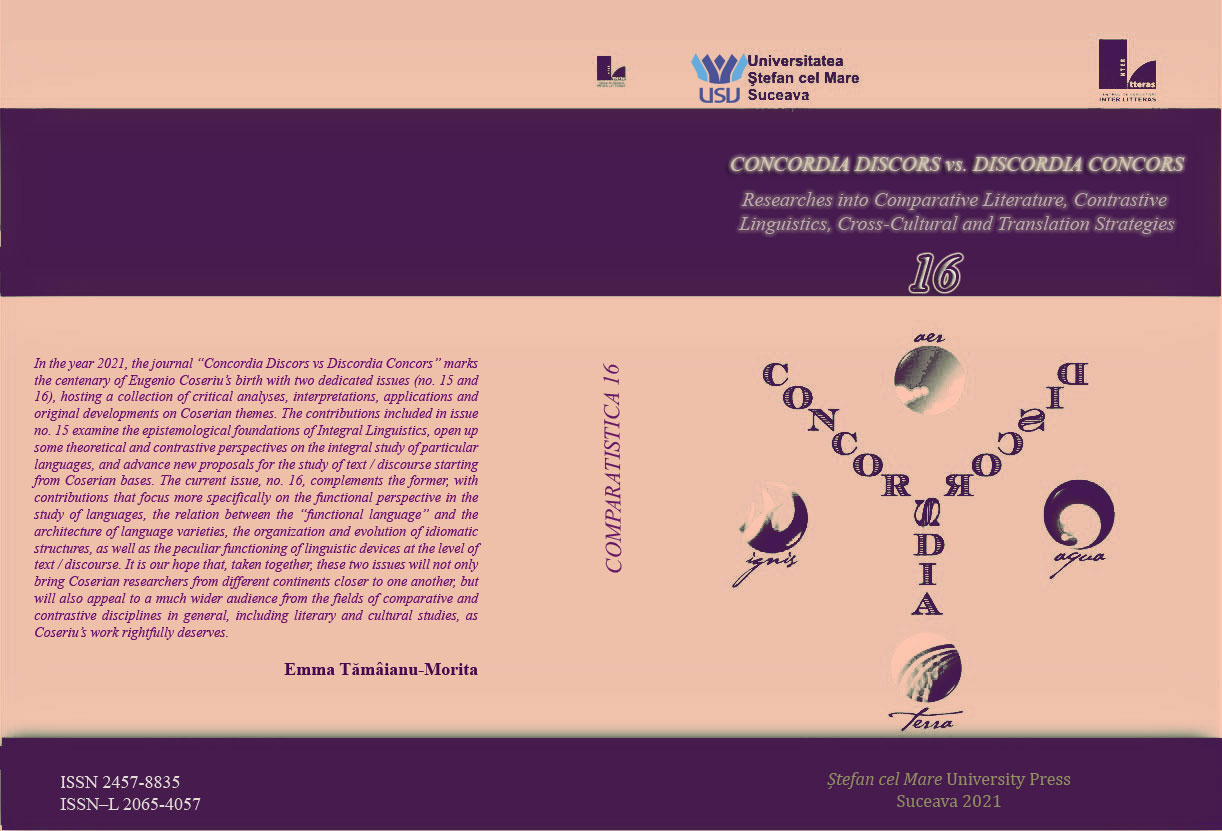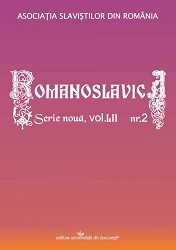Author(s): Harun Abacı / Language(s): Turkish
Issue: 3/2021
According to the majority of linguists, case markers at the end of a declinable word, which could be of vowel, letter or elision type, are indicators of meaning. In other words according to the general acceptance, the iʿrāb signs at the end of words help one to understand the function of a given word in a sentence. Knowing the functions of the words of a sentence in turn enables the sentence to be understood correctly. Although there are those who say that iʿrāb signs at the end of the words do not have anything to do with the function of words in a sentence, and that they only function to facilitate the transition between words, this view was not accepted by the majority. For this reason, thisarticle examines the iʿrāb-meaning within the scope of the prevailing attitude of naḥw scholars and Quranic exegetes. The majority of linguists accept that iʿrāb is an indicator of meaning. For this reason, explanations of iʿrāb, which are frequently used in Quranic commentaries, are aimed at understanding the sentences in the verses more accurately. The fact that Abū al-Aswad al-Duʾalīput vowel marks on certain words of the Quran was to facilitate the correct reading of the Quran and prevent a wrong vowel mark from causing any misunderstanding. Therefore, the close relationship between iʿrāb and meaning is clearly emphasized in naḥw books. Although it is stated as a general rule that iʿrāb is key in desciphering the meaning, there are cases where this general rule does not hold. This happens when there is a discrepancy between an iʿrāb sign at the end of a givenword and its meaning. Such situations are considered by naḥw scholars as qurb aljiwār. According to this exception, a word does not take the iʿrāb indicator appropriate to its position in sentence and instead takes the same iʿrāb indicator of the previous word so as to be in harmony with it. The purpose of this is to prevent any disruption to the phonetic flow of the sentence rather than to function as an indicator of meaning. In fact, this phonetic harmony is not only limited to the iʿrāb at the end of words. In order to ensure harmony within a word, changes can be made in morphology of the word in question. This stems from the importance Arabs attach to the harmony of both intra-word and inter-word vowels, despite its contradiction to the rules of morphology and syntax. As a matter of fact, this kind of reading provides a sense of cohesion in terms of both ease of pronunciation and correspondence. In this article, I claim that the iʿrāb signs is not always a sign that reveals the meanings in the verses of the Qurʾān. In the light of this view, some of the verses of the Qurʾān comprise case endings that are contrary to the meaning for the sake of phonetic harmony, just as is the case in the current usage in Arabic language. This situation shows that besides the literary arts related tomeaning, those which are related to phonetic arts also constitute important literary aspects of the Qurʾān. The approaches of the Qurʾānic commentators towards the verses in which this feature, which is expressed as qurb al-jiwār in Naḥw, is found differ from each other. On the basis of these different approaches, the relevant narrations, syntax school, etc. that the commentators have generally considered matters are included. In fact, given that they lead to no confusion, irregularities contrary to the established grammar rules are tolerated. For this reason, qurb al-jiwār is used in the absence of ambiguity even though it is contrary to iʿrāb al-naḥwī. Unlike the Basran Grammarians, who regard qurb al-jiwār as a mere use, the Kufan Grammarians made the issue a regular grammar rule and used it as the basis for the jussiveness of apodosis of conditional clauses. Although qurb al-jiwār is accepted as a usage both in the Arabic language and the Quran by the majority of grammarians, there are differences of opinion in terms of the place of its use. While there is no clarity on this subject among the early grammarians, according to the general of late naḥw scholars, the issue of qurb al-jiwār is reserved for noun-adjective, corroborating-corroborated and connective explanation. However, it is controversial whether or not the qurb al-jiwār can be used in connectives. While in the early periods when controversies arose for the first time, qurb al-jiwār was generally unacceptable, in later periods it started to became more widely accepted. Extrapolating a theoretical framework for the issue based on primary classical sources on Naḥw constitutes a core methodology used in this work. According to the theoretical framework thus put forward, the discussions about the verses that are the subject of the iʿrāb of vicinity in the primary tafsīr sources from the first period to the present have been examined from an analysis-semantic perspective.
More...
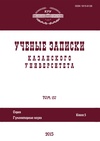

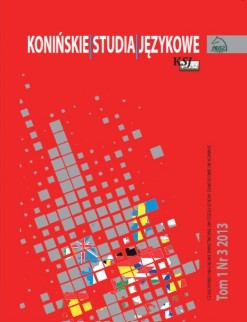
![SZYK WYRAŻEŃ JAKO CECHA DYSTYNKTYWNA W POLU KOMENTARZY METATEKSTOWYCH: [ADV] MÓWIĄC, _ VS MÓWIĄC [ADV], _](/api/image/getissuecoverimage?id=picture_2020_58388.jpg)
